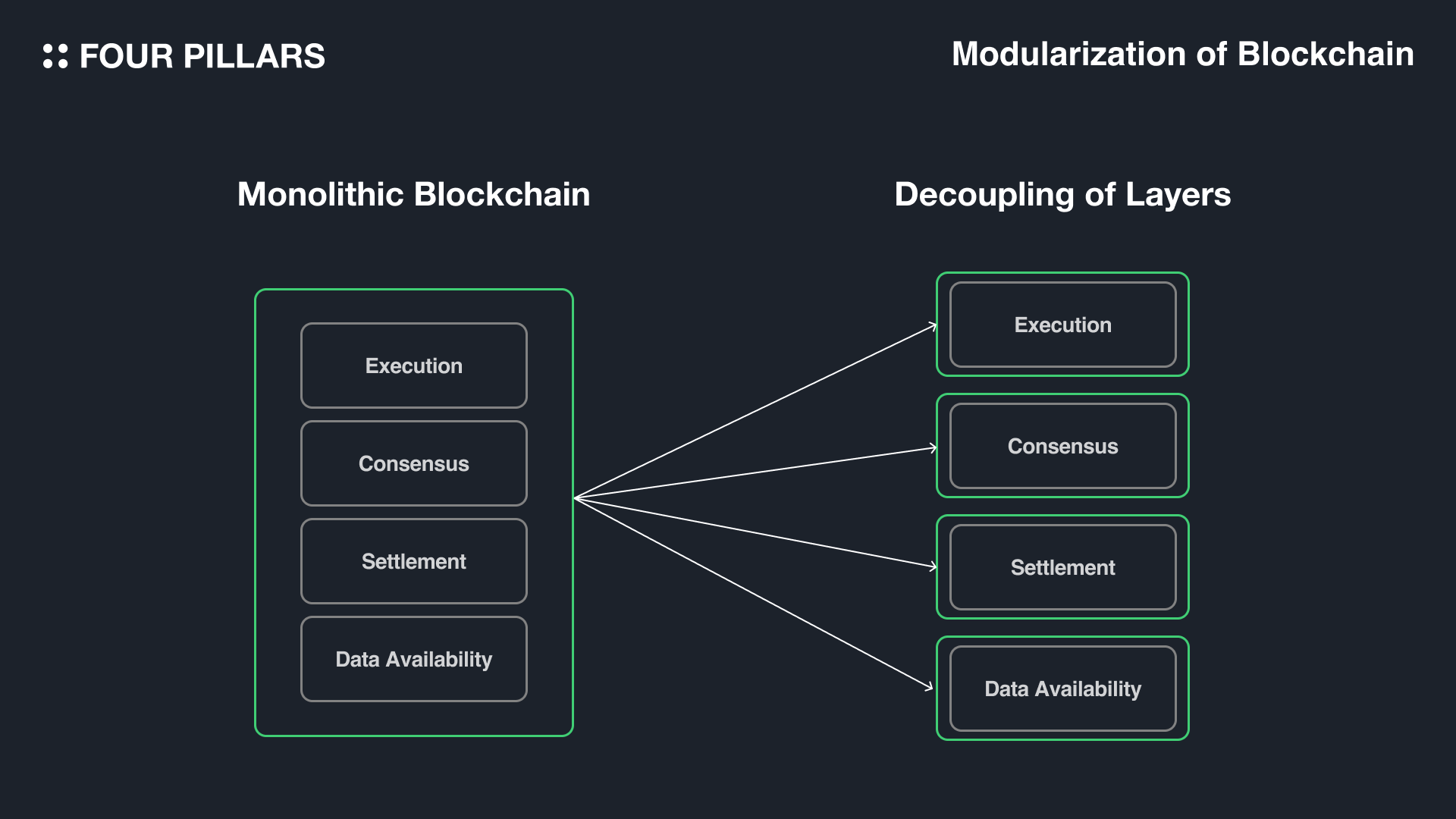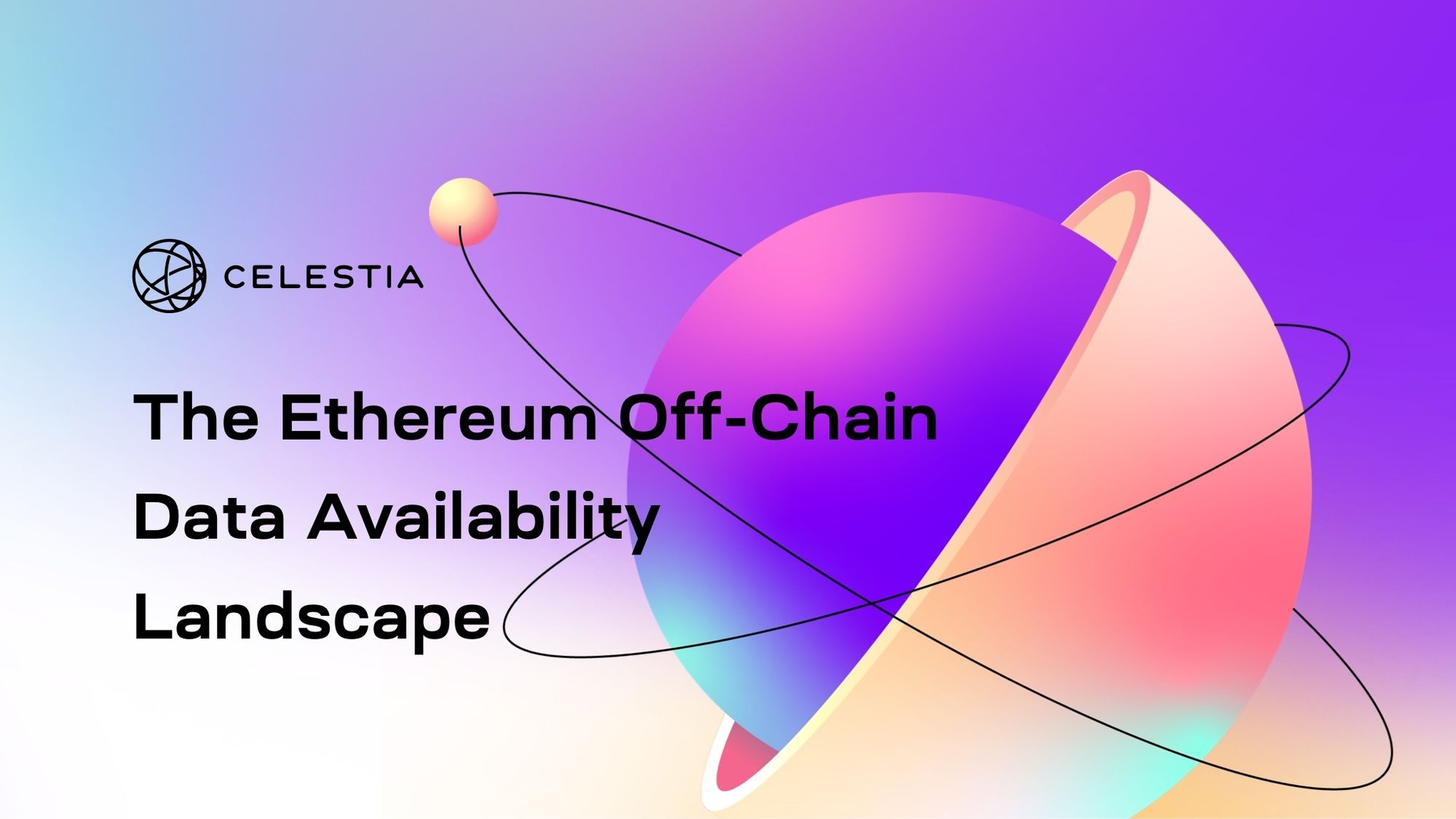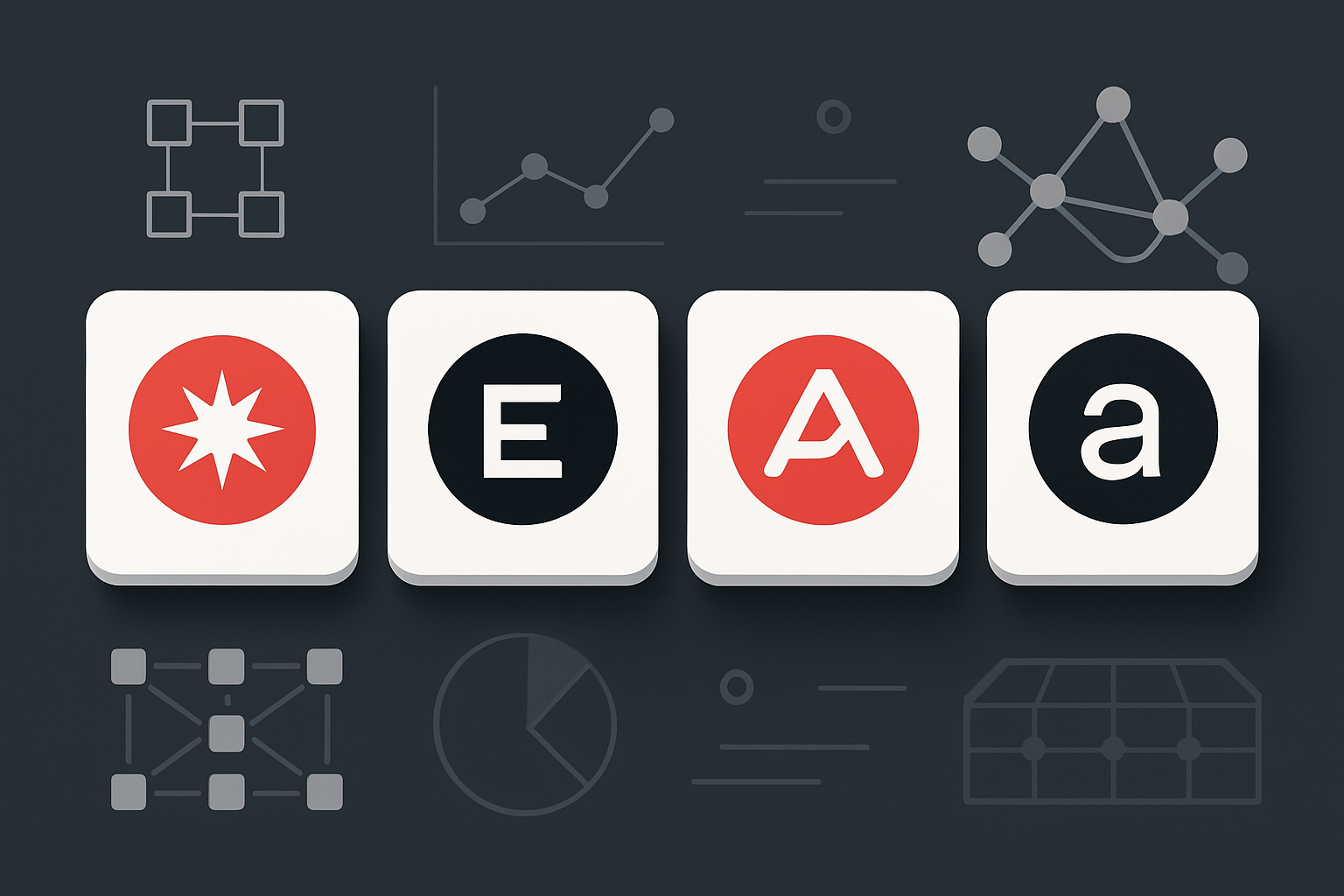
Ask any developer building on modular blockchains in 2025 what keeps them up at night, and you’ll hear it loud and clear: fragmentation. As rollups, execution layers, and settlement chains multiply across the ecosystem, the risk is that each becomes its own island, disconnected, inconsistent, and ultimately less secure. Enter data availability layers (DA layers): the unsung heroes preventing this fragmentation from turning the modular dream into a fractured mess.

What Is a Data Availability Layer (And Why Should You Care)?
A DA layer is a specialized part of the blockchain stack dedicated to one thing: making sure that all transaction data is accessible and verifiable by anyone, anywhere in the network. Unlike monolithic chains where consensus, execution, and data storage are bundled together (think Ethereum pre-modularity), modular systems decouple these roles for greater scalability. DA layers step in as the backbone for trustless transparency: they store transaction data so nodes can independently verify state transitions without relying on centralized actors or opaque side channels.
This isn’t just technical jargon, it’s existential infrastructure. Without reliable data availability, rollups can hide data, sequencers can go rogue, and users lose the ability to trust what’s happening on-chain. As WebBuddy LLC bluntly put it: “Data availability (DA) is not an optional infrastructure. It is existential infrastructure. “
The Fragmentation Problem: How Modular Chains Can Go Off the Rails
Fragmentation happens when different parts of a modular blockchain stop speaking the same language, or worse, start relying on their own isolated sources of truth. Picture this: multiple rollups post their transaction data to separate chains or cloud providers instead of a unified DA layer. Suddenly:
- Data Consistency Breaks: Conflicting versions of transaction history emerge.
- Interoperability Suffers: Cross-chain protocols can’t reliably access or verify data from other modules.
- Security Weakens: Attackers exploit gaps between isolated layers to withhold or manipulate critical data.
This kind of fragmentation isn’t theoretical, it’s already threatened early rollup deployments and cross-chain dApps. The solution? A robust DA layer that acts as a single source of truth for all participants.
The Tech Making It Possible: Erasure Coding, DAS and More
The magic behind modern DA layers comes from a toolkit designed for scale without compromise:
- Erasure Coding: Like RAID for blockchains, data gets split and encoded with redundancy so even if some pieces go missing or get censored, nodes can reconstruct everything. Avail leads here by making it nearly impossible for bad actors to suppress essential data.
- Data Availability Sampling (DAS): Instead of forcing every node to download every byte, DAS lets lightweight clients verify massive datasets by checking small random samples. Celestia’s implementation means you don’t need beefy hardware to confirm what’s on-chain, democratizing verification across thousands of nodes.
- KZG Polynomial Commitments: Cryptographic proofs that guarantee chunks of data are available without revealing all contents upfront, crucial for privacy-preserving applications and efficient scaling.
Together these techniques ensure that no matter how many new rollups or execution environments spin up in 2025 and beyond, they’re always anchored to a common pool of accessible, and provably available, data.
Pioneers in Practice: Celestia and Avail Leading the Charge
If you want real-world proof that this isn’t vaporware, look at projects like Celestia and Avail. Both have built dedicated DA layers that plug seamlessly into modular stacks:
- Celestia: Uses DAS so light nodes can verify huge blocks efficiently; rapidly becoming the go-to choice for new rollups seeking scalable DA without sacrificing decentralization.
- Avail: Leverages erasure coding plus KZG commitments to guarantee both redundancy and verifiability; ideal for sovereign rollups needing bulletproof security guarantees as they scale outwards.
The upshot? By standardizing around these battle-tested DA solutions, modular blockchains avoid the chaos of fragmented ecosystems, and unlock true interoperability at scale. Stay tuned for part two where we’ll dive deeper into cross-chain applications and best practices for integrating DA into your next-gen dApp stack.
As the modular blockchain ecosystem matures, the role of data availability layers isn’t just about plugging a technical gap, it’s about laying the foundation for seamless interoperability and network-wide composability. The right DA layer ensures that every rollup, execution environment, and settlement chain speaks the same language of verifiable data. This is what keeps modular blockchains from devolving into disconnected silos and instead fosters a vibrant, interconnected Web3 landscape.
Cross-Chain Data Availability: The Interop Superpower
One of the hottest trends in 2025 is cross-chain data availability. Modular DA solutions like Celestia and Avail aren’t just serving single ecosystems, they’re becoming the backbone for multi-chain dApps, omnichain rollups, and consumer L2s that demand fluid access to data across networks. By anchoring all transaction data to a shared DA layer:
- Rollups can verify each other’s state transitions, enabling atomic swaps and trust-minimized bridges.
- dApps can aggregate liquidity or user actions from multiple execution layers without worrying about missing or inconsistent data.
- Developers gain confidence that their app’s logic will execute as intended, no matter where users interact from.
This cross-chain capability is what turns “fragmented blockchain ecosystems” into true platforms for innovation. It’s not just hype, projects are already building on top of Celestia’s DA APIs to launch rollups that interoperate out-of-the-box with other chains using the same underlying data layer.
Best Practices for Avoiding Fragmentation in 2025
If you’re building or scaling in this space, here are my battle-tested best practices to keep your modular project cohesive, not fragmented:
Top Best Practices for Integrating DA Layers in Modular Blockchains
-

2. Implement Data Availability Sampling (DAS)Integrate DAS techniques, as pioneered by Celestia, to let light nodes efficiently verify data without downloading entire blocks. This boosts scalability and lowers hardware requirements for participants.
-

3. Leverage Erasure Coding for RedundancyUtilize erasure coding methods, like those in Avail, to add redundancy and ensure data can be reconstructed even if some parts are missing. This strengthens data integrity and prevents fragmentation.
-

4. Use Polynomial Commitments for VerifiabilityAdopt cryptographic proofs such as KZG polynomial commitments to guarantee that posted data is both available and untampered. This enhances trust across the modular stack.
-

5. Design for Interoperability Across LayersEnsure your integration allows execution and settlement layers to seamlessly access the DA layer. This unified access prevents data silos and promotes a cohesive, modular ecosystem.
- Standardize on Proven DA Layers: Don’t reinvent the wheel, use established platforms like Celestia or Avail as your project’s foundation.
- Punish Data Withholding: Design incentive mechanisms (like slashing or fraud proofs) so actors have skin in the game to keep data available at all times.
- Embrace DAS for Light Clients: Make your network accessible by supporting Data Availability Sampling so anyone can verify blocks without heavy infrastructure.
- Simplify Cross-Chain Verification: Use shared DA layers to make interoperability plug-and-play instead of a bespoke engineering challenge every time you want to connect new modules.
The net effect? You reduce friction for developers, lower risks for users, and create a more resilient ecosystem that can weather both technical shocks and market volatility. For a deeper dive on risk mitigation strategies and real-world solutions, check out our dedicated piece on solving fragmentation in modular blockchains.
The Road Ahead: Scaling Without Splintering
The future of blockchain scalability isn’t monolithic, it’s modular, interconnected, and built upon robust data availability infrastructure. As we look toward late 2025 and beyond, expect even more sophisticated DA primitives (think programmable availability rules or privacy-preserving sampling) to emerge. But one thing won’t change: without a trusted DA layer at the core, every new chain risks drifting off into irrelevance.
If you want your project to thrive in this next phase of Web3, where composability and interoperability are king, make sure you’re building atop proven DA solutions. That’s how you ride the trend while respecting the risk, and keep your stack from splintering when it matters most.






